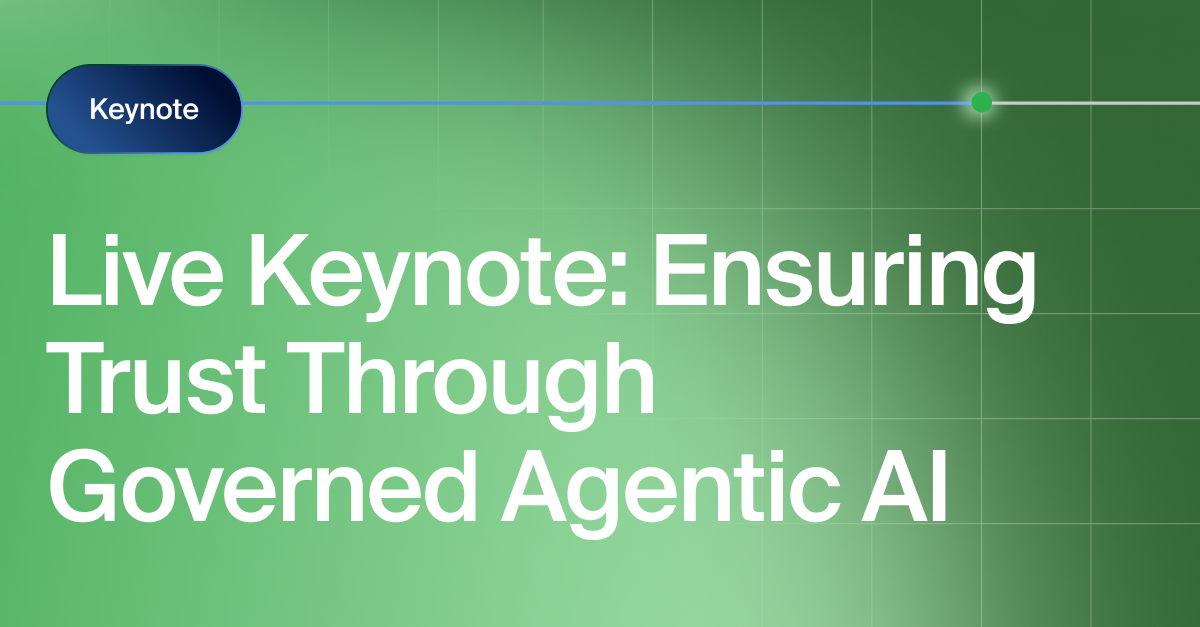Get the Best of Data Leadership
Stay Informed
Get Data Insights Delivered
Data and websites are two of your organization’s most valuable and visible assets. It’s only rational to have established, robust processes for ensuring that they both continue to function and stay available at scale.
Data Reliability Engineering (DRE) was created a few years ago, and based on Google’s Site Reliability Engineering (SRE) principles. DRE and SRE are both frameworks that modern teams use to solve technical problems in a scalable way. They share similarities in their approach to managing data and websites.
What can the nascent Data Reliability Engineering framework take from the more established SRE? Are there any key differences that keep them apart? Let’s explore.
Data Reliability Engineering and Site Reliability Engineering: Similarities
Whether they’re being applied to data warehouses and pipelines, or applications and infrastructure, the DRE and SRE frameworks exist to keep systems working reliably. DRE borrows the engineering principles and best practices of SRE to ensure reliability and resilience of data systems. Here are some key similarities between both frameworks.
1. Standard-setting
The way that both SRE and DRE work to monitor and manage incidents is through standard-setting. Whether through SLAs, data contracts, or less formal agreements, both DRE and SRE set standards to clarify responsibilities and deliverables through clear definitions, deadlines, hard numbers, specific metrics, and cross-team consensus.
2. More automation
Both DRE and SRE place heavy emphasis on automation. What does that look like in DRE? Regularly automating data backups, using observability tools to monitor for anomalies, and routinely automating manual processes to remove the possibility of duplicate data, null fields, or human error. In SRE, automation applies across infrastructure management, load balancing, and resource allocation. Additionally, both DRE and SRE build in automated monitoring for errors like pipeline anomalies or website downtime.
3. Scalability as a priority
Both SRE and DRE aim to ensure reliability, resiliency, and availability as data pipelines and technical infrastructure scales. After all, these frameworks were created due to teams buckling under the pressure as both data and software engineering life cycles grew in volume and complexity. In DRE, scalability means ensuring that data is accurate, up-to-date, and available to the users who need it. In SRE, it ensures the same for websites and web applications.
4. Reliability for stakeholders as the end goal
Both DRE and SRE have one overarching end goal: deliver a reliable product to all end users. If applied correctly, stakeholders can count on always-available, up-to-date information and reliable architecture.
Data Reliability Engineering and Site Reliability Engineering: Differences
The field of SRE certainly has a head start on DRE, but that’s not the only difference between these two frameworks. While both share some common goals, there are a few key differences. They are:
1. Age and adoption
The field of site reliability engineering originated in 2003 at Google. SRE has been widely adopted across the field of engineering. Teams regularly hire Site Reliability Engineers as part of their scaling engineering engine. By contrast, DRE is only a couple of years old, and data teams have only recently started to hire official Data Reliability Engineers as stewards of reliable data at scale. As of now, Data Reliability Engineers tend to be found on very forward-thinking teams that want to adopt the latest practices in data.
2. The tools in question
SRE focuses on infrastructure and software. The main tools at an SRE team’s disposal are: Helm (the package manager for Kubernetes), Datadog (monitoring and security), and PagerDuty (operations and incident management). On the DRE side of things, you’ll find data reliability engineers working with Airflow (workflow monitoring), Snowflake (powering the data cloud), and Bigeye (data observability).
3. Preparation for the role
SREs often come from traditional technical backgrounds in software engineering, systems administration, and technical project management. DREs don’t necessarily come from one specific career path. They often start out in analytics, business intelligence, or data science roles, and might have experience in a variety of fields like product management or business operations. While not necessarily engineers by trade, they do tend to be technically-minded, as they should have a deep understanding of data technologies like Hadoop, Spark, and Kafka.
4. The day-to-day
The top daily concerns of an SRE probably center around CPU, memory, and API latency. They measure and optimize for system-level metrics like uptime and error rates. They work with load balancers, container orchestration systems, and monitoring and alerting systems. For DREs, the top daily concerns center around data freshness, pipeline volume, and data quality. They measure data-specific metrics around data quality and data availability.
Final thoughts
Will DRE reach the ubiquity and acceptance of SRE within the next couple of decades? Time will tell. While SRE and DRE teams may not look completely alike, they both work to create a culture of continuous improvement. Change is inevitable. DRE and SRE frameworks help teams build through change, ensuring more favorable (and reliable!) outcomes for the future. Using the principles of DRE / SRE, teams can adopt new technologies, optimize existing systems, and learn from their past failures.
Monitoring
Schema change detection
Lineage monitoring


.webp)





.png)
.jpeg)
